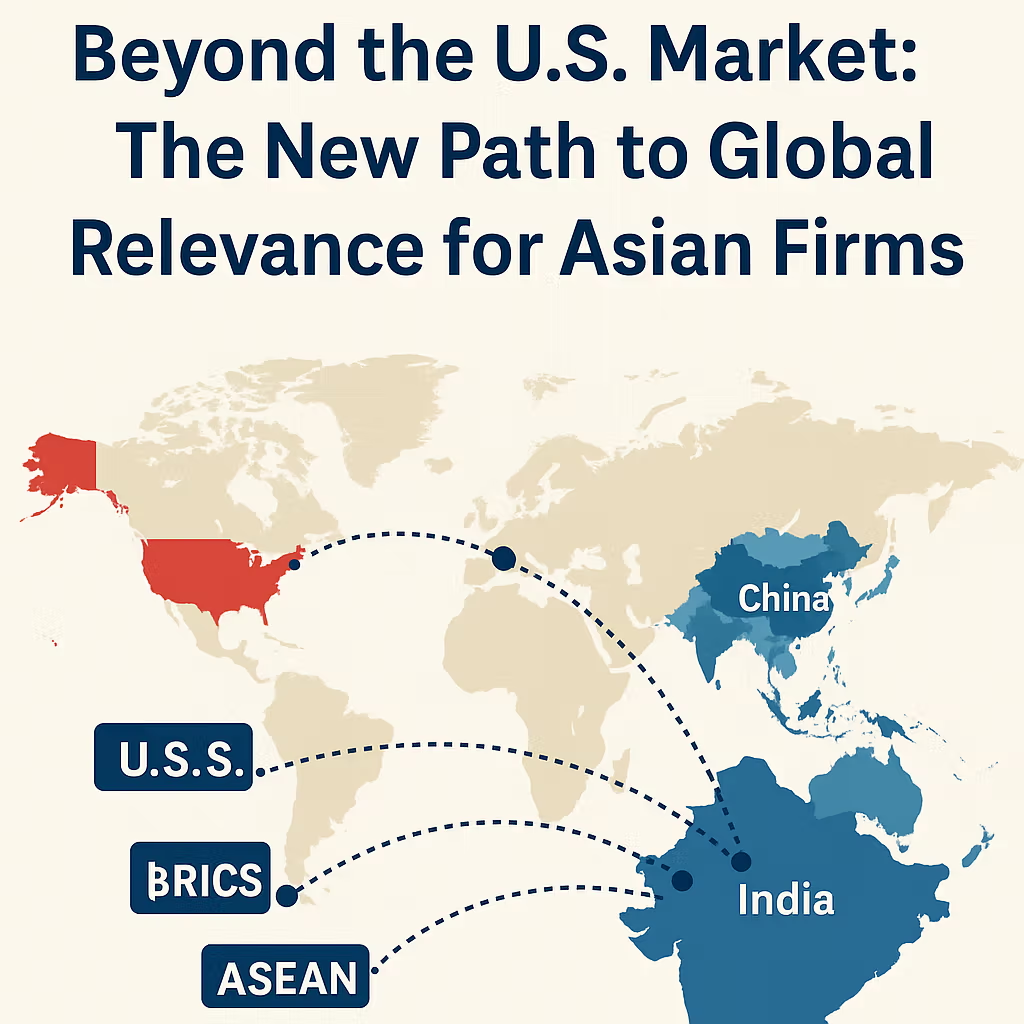By KNL, Opinion Contributor
For decades, the United States served as the ultimate destination for Asian exports and innovation—a single gateway to global recognition. From Japanese electronics and Korean automobiles to Chinese consumer goods, cracking the U.S. market was synonymous with international success. But that era is fading. With the resurgence of Trump-era trade discourse, particularly his proposed tariff rollback, Asian firms are facing a strategic inflection point. It’s time to rethink the belief that access to the U.S. is the singular path to global relevance.
Donald Trump’s first administration reshaped global trade by weaponizing tariffs, sparking trade wars, and shaking the foundations of multilateralism. Now, with talks of a selective tariff rollback on the horizon, businesses are again caught between hope and uncertainty. But this erratic policy pendulum underscores a deeper truth: U.S. trade policy is no longer a reliable constant in global commerce.
This instability has catalyzed a shift. Asian companies and policymakers are recognizing that global influence must be built on diversification, not dependence. The world today is multipolar. Alongside the U.S., power centers now include China, India, Russia, ASEAN, the EU, the Gulf states, and the expanding BRICS bloc (Brazil, Russia, India, China, South Africa—now joined by new members like Egypt and the UAE).
This transformation is more than symbolic. India is positioning itself as a production and innovation hub. Russia, despite geopolitical tensions, remains a crucial energy and defense partner for many Asian states. BRICS is evolving into a counterweight to Western-led institutions, offering alternative financial systems and development frameworks. ASEAN and Africa are emerging as key growth markets, especially in digital trade and infrastructure.
Crucially, firms such as Samsung, BYD, Shopee, and TikTok have shown that global dominance can be achieved through regional strength, digital scalability, and adaptive diplomacy—not just by selling in the U.S.
The idea that a U.S. foothold guarantees global success is outdated. Today’s brand power is built on cross-border e-commerce, regional integration (like RCEP), South-South cooperation, and agile partnerships with multipolar players. Moreover, the digital age allows companies to go global from anywhere, not just through traditional Western gateways.
As Trump’s potential tariff rollback makes headlines, it may offer short-term relief to select exporters. But for long-term strategy, the lesson is clear: a singular focus on the U.S. is a strategic vulnerability, not a strength.
Asian firms must now:
▪️Deepen regional supply chains
▪️Engage BRICS and other non-Western blocs
▪️Leverage RCEP and South-South trade corridors
▪️Invest in digital-first, platform-based globalization
The U.S. market still matters—but it no longer defines global relevance. In the age of strategic fragmentation and multipolar power, true resilience comes from being everywhere—not just in America.
Trump’s trade swings are not a roadmap. They’re a warning. The future belongs to firms that build beyond them.
++++
Sources:
World Bank (2023), Brookings Institution (2024), Asian Development Bank (2023)


